As a Leonard Cohen fan, Hydra had to be on the itinerary for me. It was on this Greek island that he played his first gig to a handful of friends in Rolio’s café. It was here that he bought a house in 1960. And it was here that met and fell in love with Marianne. Tied up in Ermioni for a couple of days because of high winds, we decided to take the ferry over to Hydra. The €8, 20-minute trip on a Flying Cat was a little dicey at times because of the winds but I made it with my innards intact. The smaller ferry had cancelled two earlier trips because of the weather.
Hydra still has its streets of polished stone, its steps, its narrow lanes all climbing upwards. There are no cars. Wheelies are prohibited. Tourists and their bags are ferried to their hotels on the backs of sad-looking mules and donkeys. We walked. The poor beasts looked miserable, resigned to their lot in life.

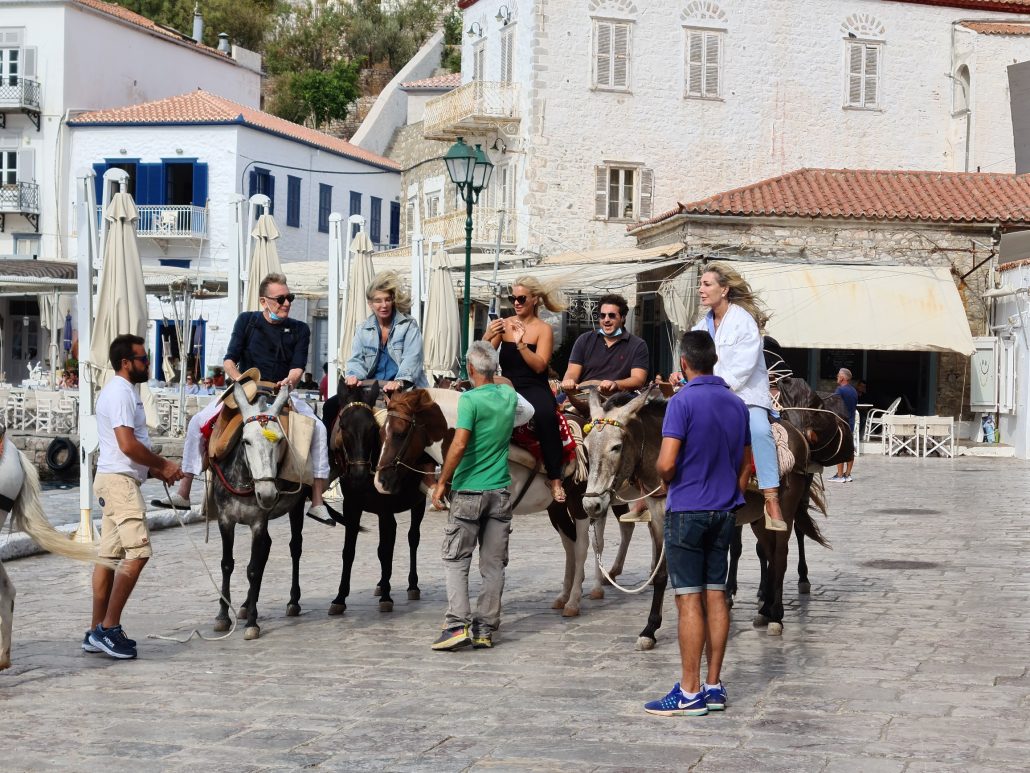
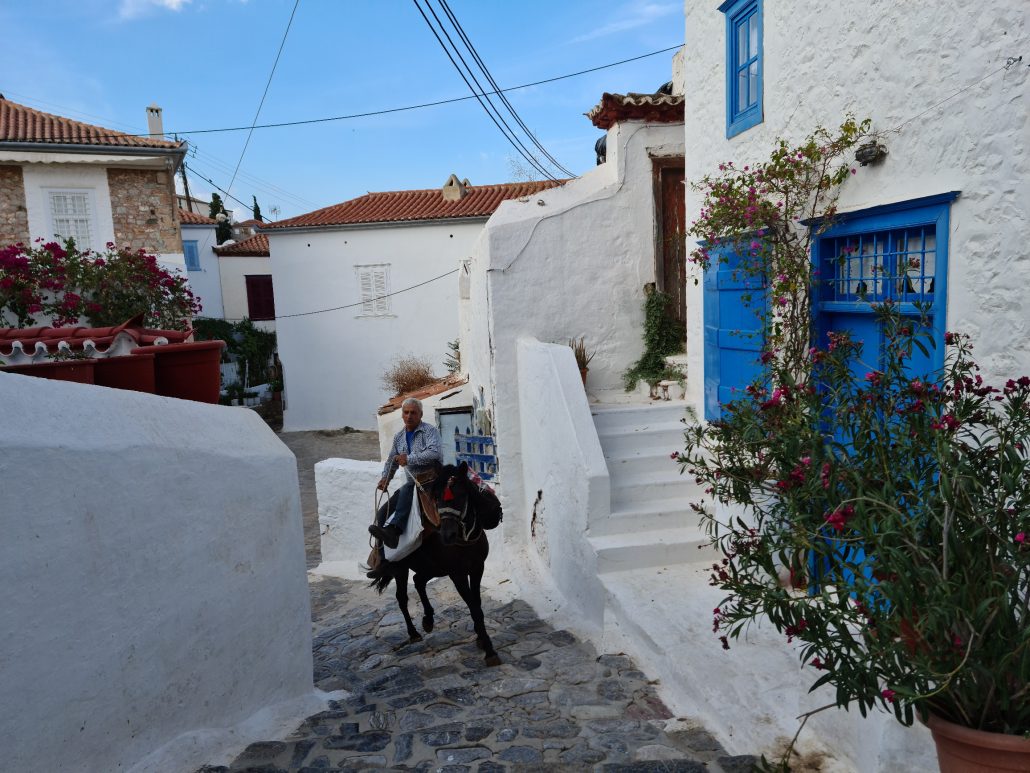
As we wandered off in search of Cohen’s house, we found the old Rafalias pharmacy and its next-door mansion (now an Air BnB), both relics of the 1890s.
In 1890 the pharmacy of Evangelos Rafalias (1869-1936), was founded in Hydra, grandfather of the current owner and today’s pharmacist. The latter preserved in his mother’s old notebook (which was from the first female pharmacists in Greece in the middle of the last century and wife of the Dr. Andreas Rafalias) recipes which she had created based on the Greek Pharmacology of 1924 and 1931 making creams, lotions and perfumes from pure materials, when she took over the pharmacy on May 1947.
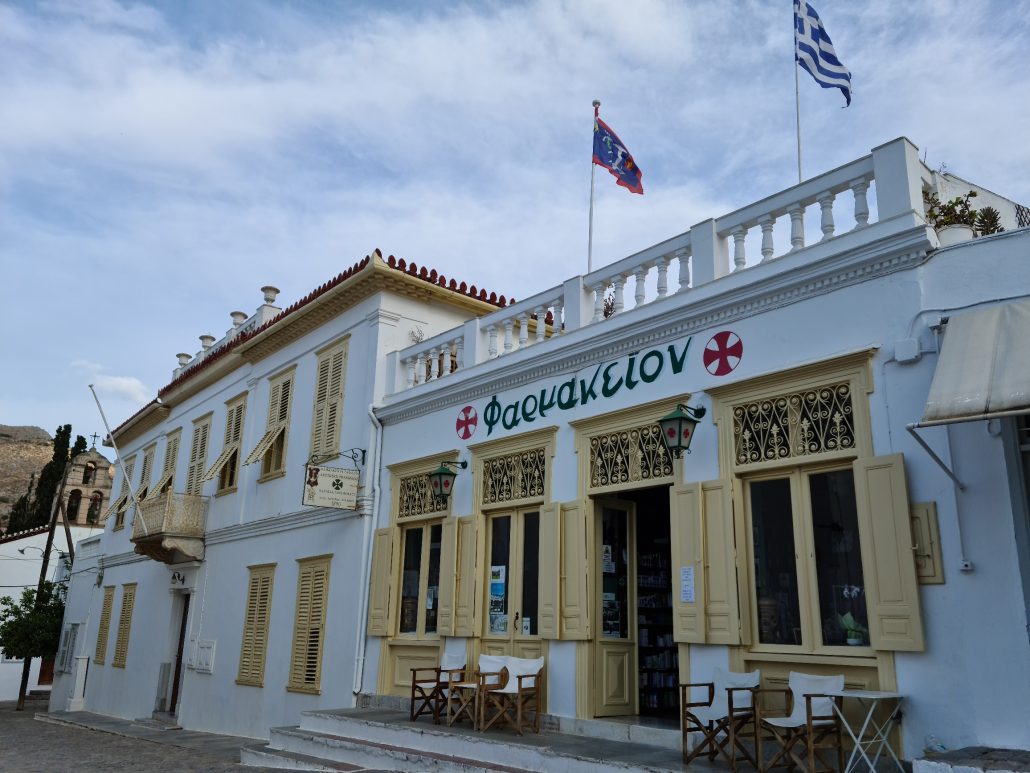
We found churches tucked into corners and fabulously coloured houses with flowering gardens. The higher we climbed the better the view became.


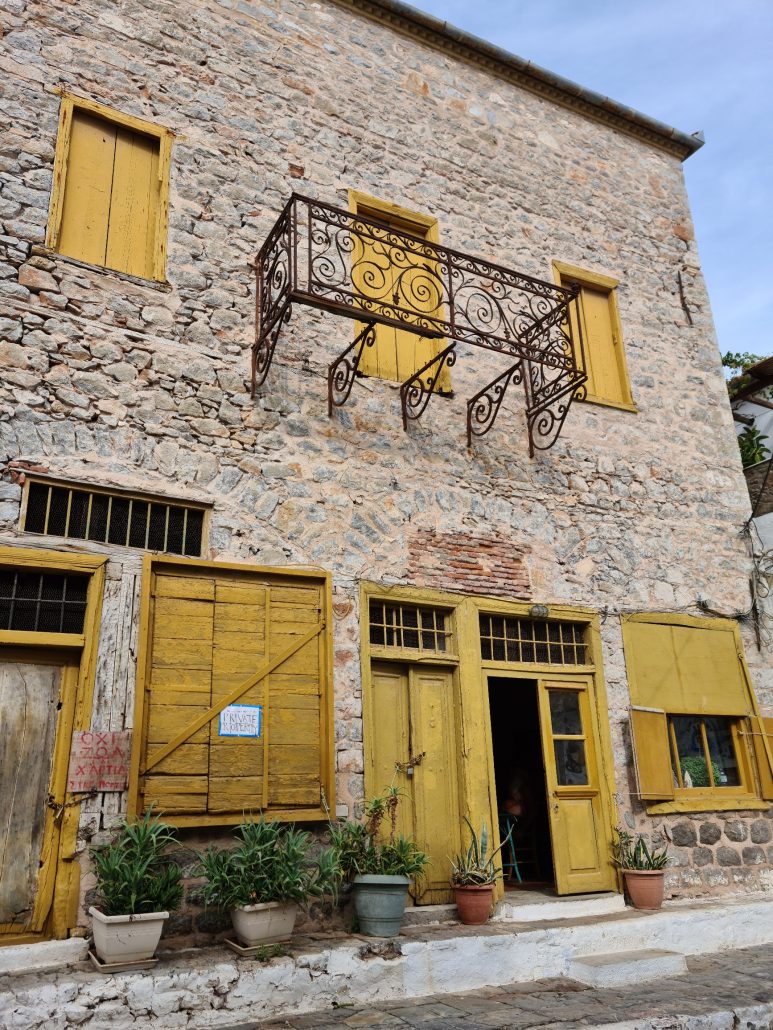
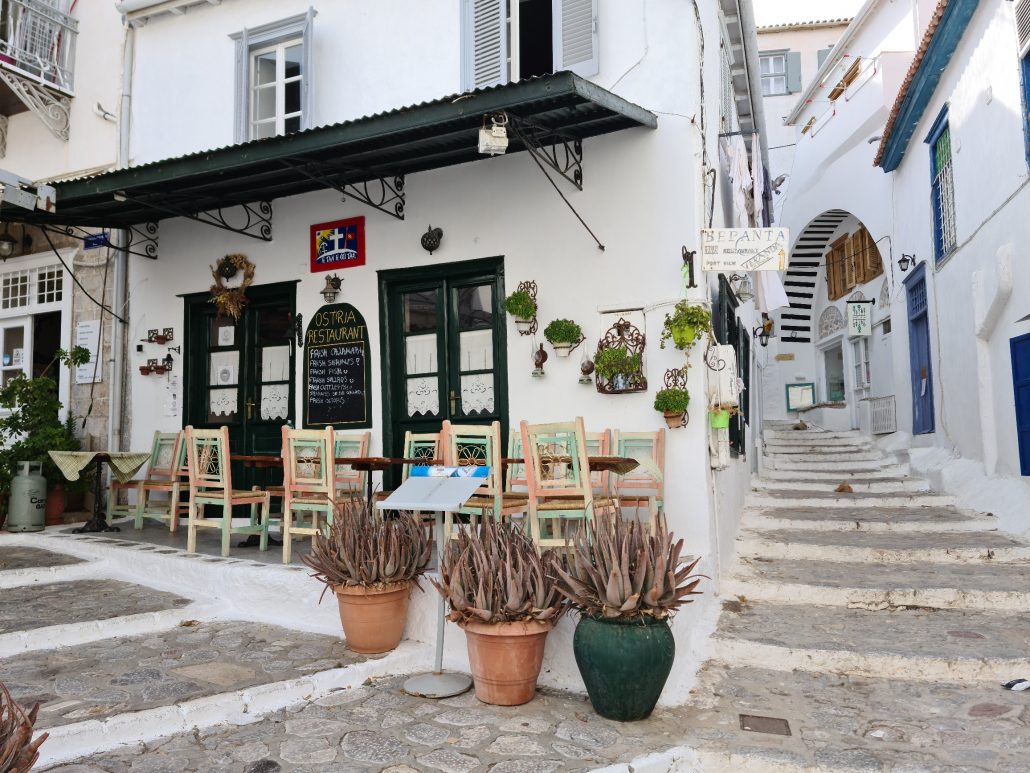




Surprisingly, Cohen’s presence on the island is largely unremarked. Finding his house was a treasure hunt of sorts. There are no signs, nothing to say he lived there, no blue plaque on the wall. The street corner bears his name and that’s about it. But around the house, the steps have been worn to a bright patina as fans come to read his poetry, sing his songs, and pay their respects. There’s a biennial celebration of his life organised by his fan club – the 2021 shindig has been postponed to 2023 because of COVID.
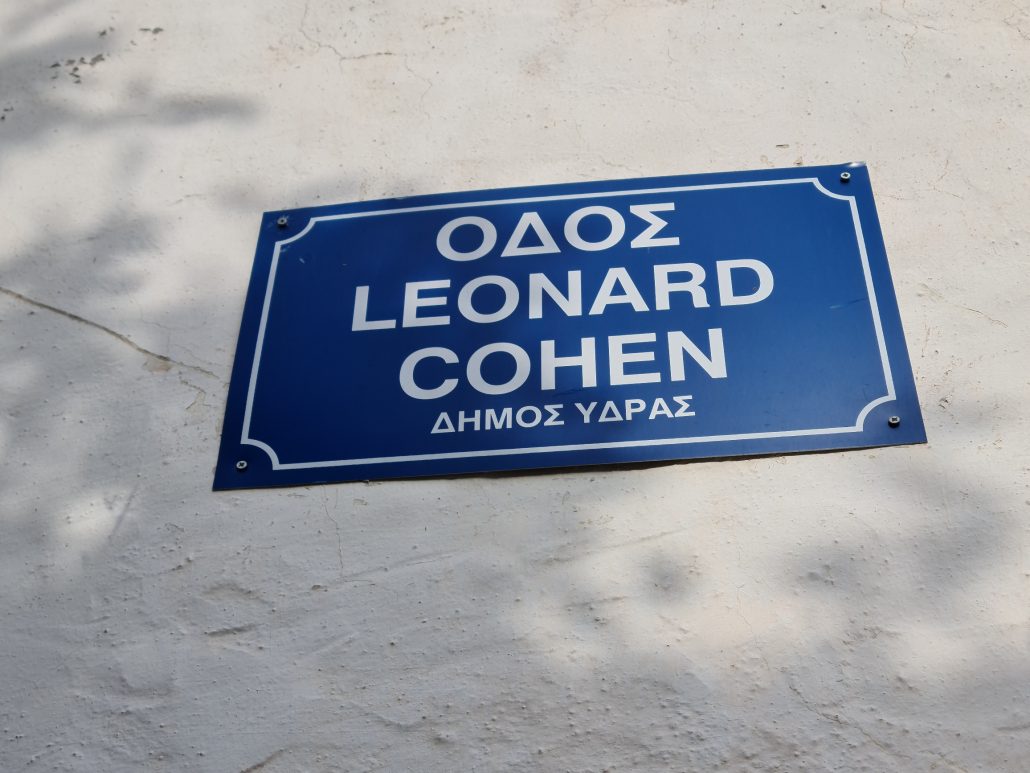

Down by the port, we visited the Monastery of the Assumption of the Virgin Mary. Built in 1643 by a sisterhood of 18 nuns, the nunnery was eventually taken over by monks. Although today it’s a cathedral, it still has its monastery designation and as such cannot be used for marriages – only services, baptisms, and funerals take place. It’s not even possible to have a civil wedding on the grounds.

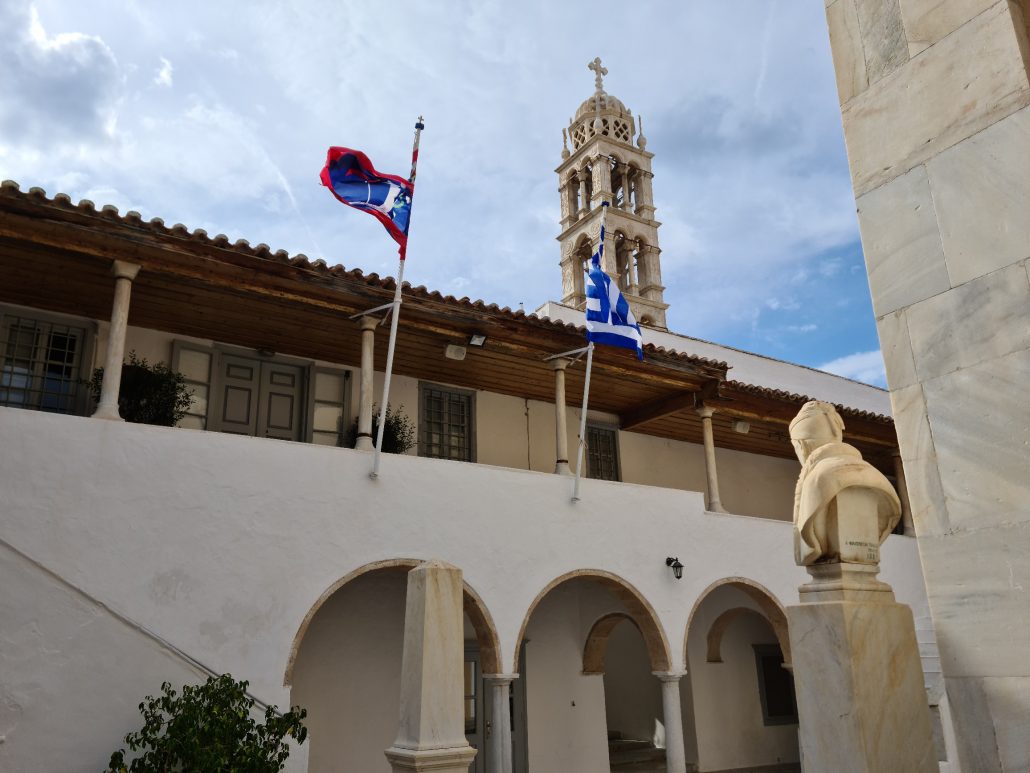
Hydra is awash with churches and monasteries. If you had time to spend on the island and were so inclined, you’d have plenty to keep yourself occupied. Orthodox churches with their icons and silver chandeliers are more decorative than most RC churches. Every nook and cranny is filled with some kind of art. The smell of smoking candles adds to the hushed holiness of the place.

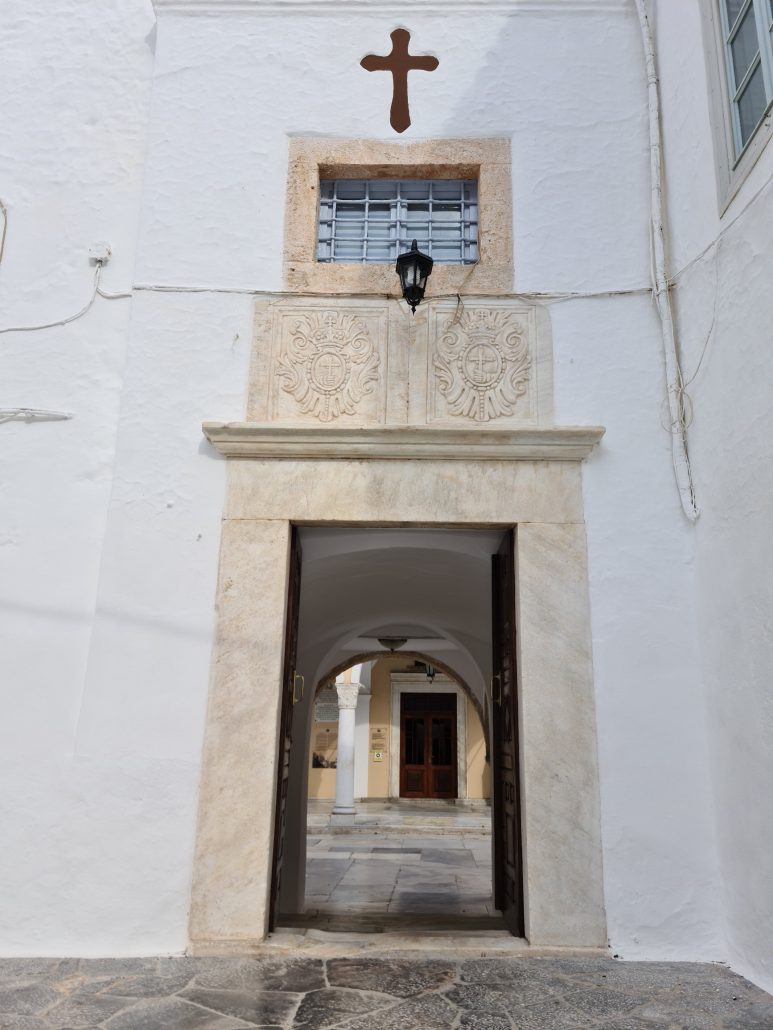
The piece de resistance though is the icon of the Most Holy Virgin Mary Revealed. In 1656, pirates from the Barbary coast raided the island of Hydra and sacked the monastery. They stole the icon and took three local notables as hostages. On their way to Crete, they encountered some rough seas. Afraid for their lives, the pirates, except for one, turned to their hostages and begged them to pray to Mary for salvation. The remaining pirate was using the icon as a chopping board for his tobacco, apparently unconcerned. When he saw what was going on, he chopped the icon in half and flung the pieces overboard.
Sometime later, both pieces of the icon were found as one on the sand in the front of the monastery. From then on, the icon was known as the Revealed.
At the same time all this was going on, Our Lady appeared to the eparch of Barbary asking him to release the three hostages. He did as he was bid and the three released returned to Hydra where they saw the icon restored. in the intervening centuries, many more miracles have occurred and are chronicled by a book published by the Cathedral in 2014.
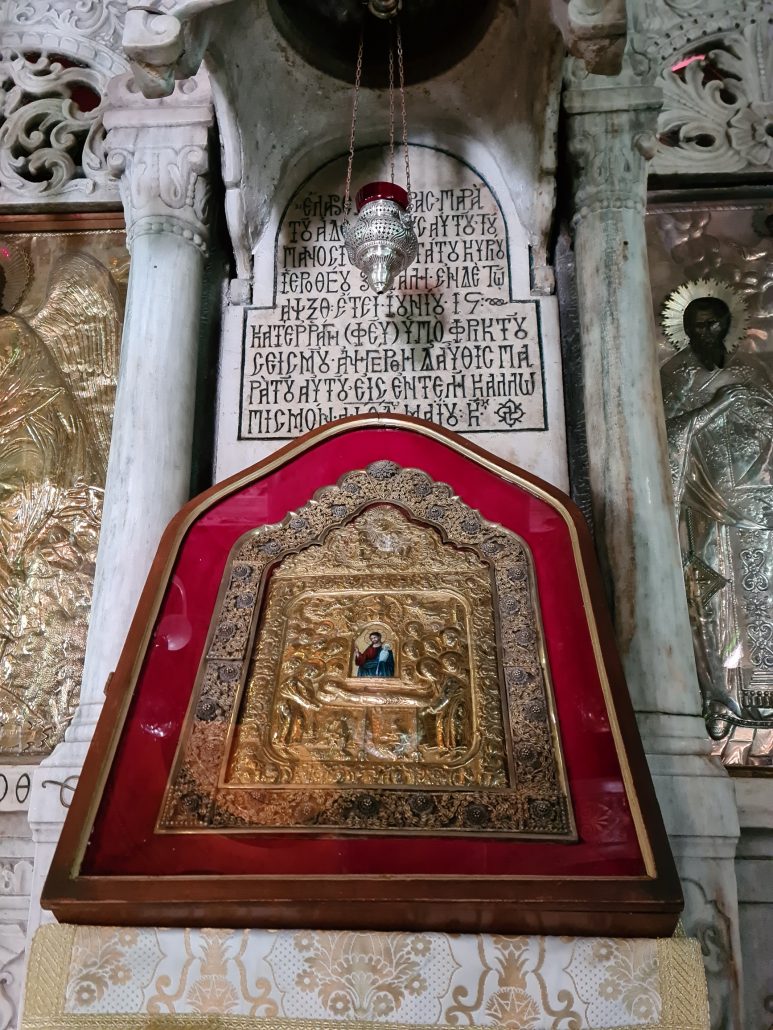

The place has a very hippy feel to it as if caught in time. It’s fashionably chic and more expensive than any of the islands we’ve been to. It has a history of its own. During the Napoleonic, the Hydriots fed France and Spain by breaking through the English blockades. Today, it’s very much dependent on tourism.



There is a lot of quirkiness on show, the old kind, the kind that speaks of stories and interesting people and fascinating times. Even the door knockers vie for attention. The one on Cohen’s door shows a left female hand with two stars of David.
Considered to have originated in Muslim countries and symbolise the Hand of Fatima (recognised and used as a sign of protection) it would indicate that a person of Muslim faith lived in the house. It is also suggested that two types of hand door knocker exist, a male and a female, both of which would be present on the front door each with it’s own distinct sound. The visitor would then knock the appropriate knocker according to their gender and the woman of the house would know whether or not she should open the door.
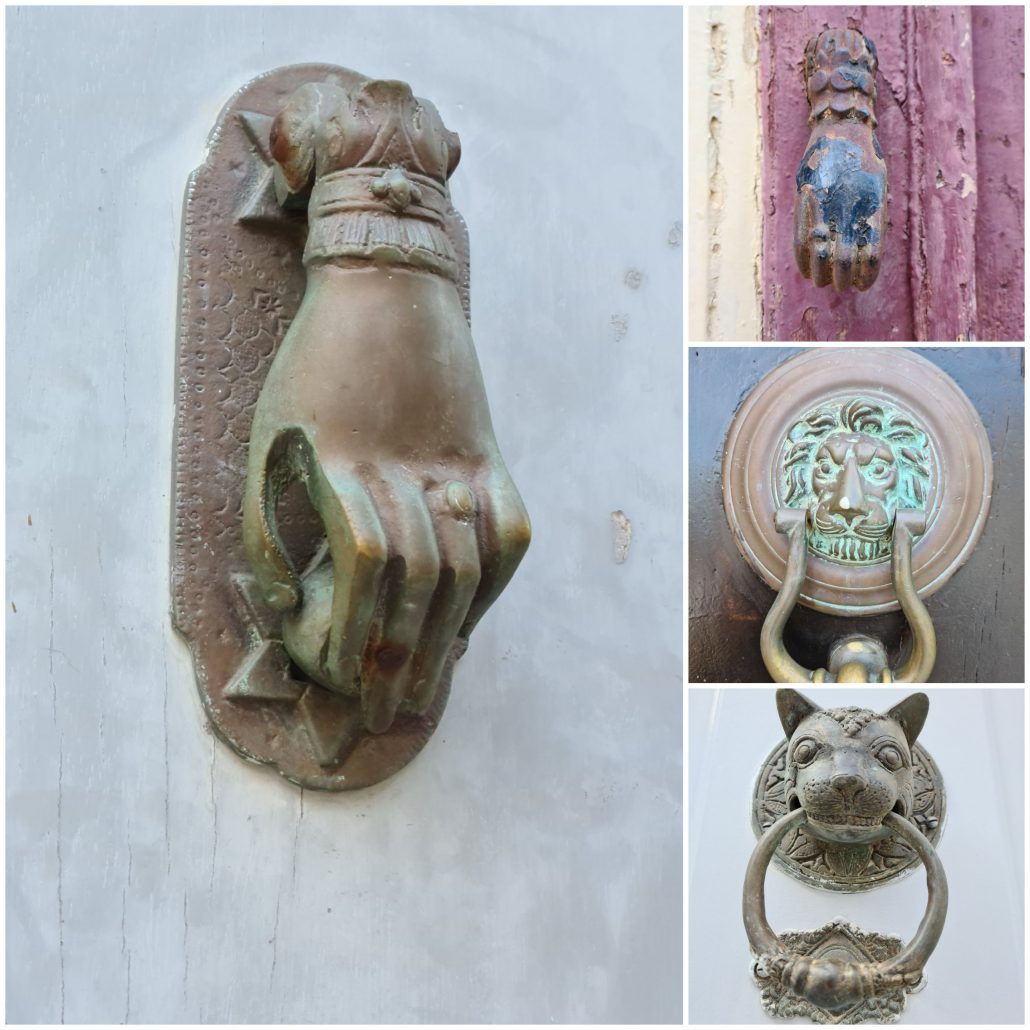
The statue of Andreas Miaoulis stands sentry over the harbour, his view from the battlements one worth taking in. Mialouis was a Greek revolutionary, admiral, and politician who commanded the Greek navy during the Greek War of Independence (1821-1830). Each year, on the weekend closest to 21 June, the festival of Miaoulia takes place in Hydra in his honour.
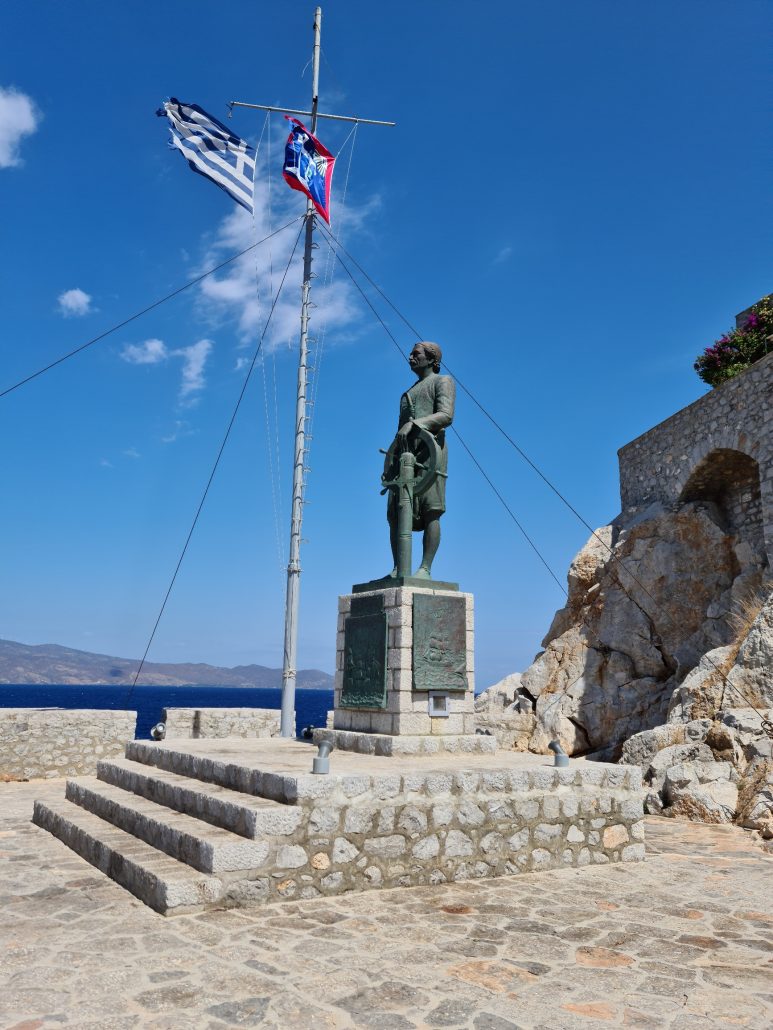
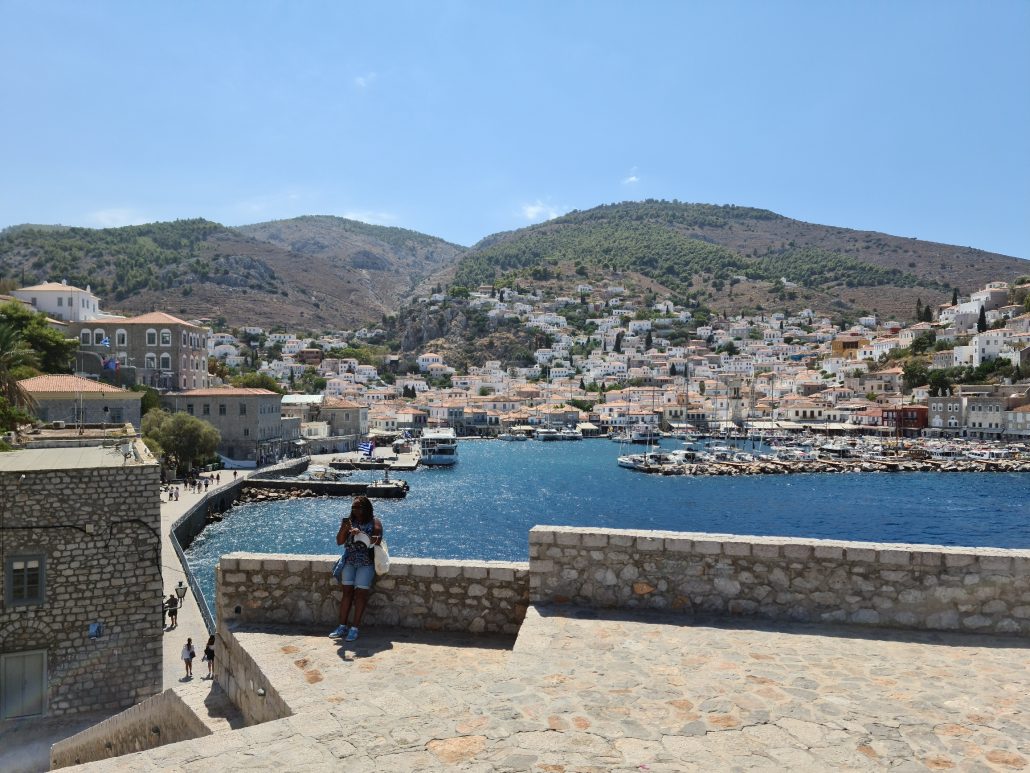
Over breakfast of Benedict Eggs, not to be confused with Eggs Benedict – the former served on a brioche with parma ham and rocket, the latter on an English muffin with baked ham and no greens – we watched boats the size of hours make repeated attempts to tie up. It was not a day to practice your parking. One poor chap made seven attempts before getting his anchor entangled with a catamaran. As the farce played out in front of us, I revelled in being on dry land and watching from solid ground.
Our ferry back to Ermioni was cancelled. A chap in the queue outside the ticket office was recounting stories of being stuck on Hydra for five days because of high winds and choppy seas. Others were anxiously booking tickets to Poros and from there hoping to make a connection to Athens airport.
The lesson learned is not to leave Hydra till last on your tour of the Cyclades. We were happy enough to move on to Poros and catch up with our boat there the next day. I’d had a great night’s sleep and was looking forward to another. That said, I’ve noticed that when I lie down, the room moves, as if I’m still in my cabin on the boat. I hope it’s something I soon grow out of.



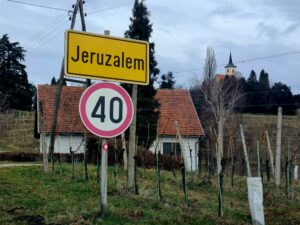



3 Responses
Fascinating facts, beautiful pictures!
The combination of visual and verbal descriptions makes me want to visit Hydra. This is a first-time sensation for me as a reaction to a travel blog. Must be the Leonard Cohen references :). Thank you!